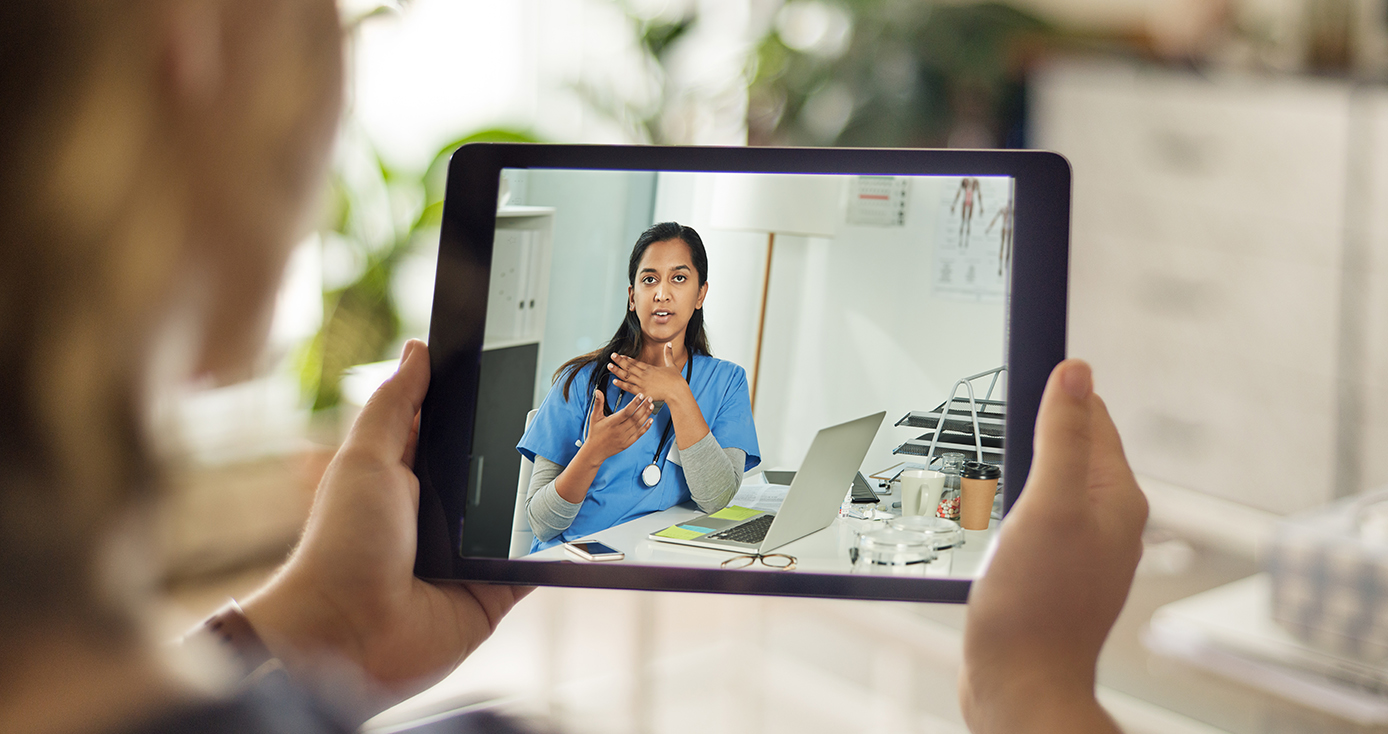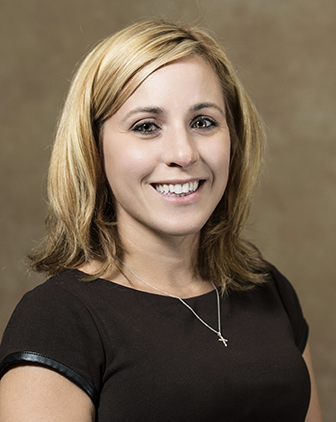
Subscribe to Pittwire Today
Get the most interesting and important stories from the University of Pittsburgh.Social Distancing Puts Telehealth on the Front Lines
While medical care centers are considered essential under current quarantine regulations, remote visits, otherwise known as telehealth, are playing an important role in keeping patients out of clinics unless absolutely necessary.
Pitt and UPMC are helping with telehealth efforts by rapidly expanding the availability of video visits for both scheduled and urgent-care visits. In just two days last week, UPMC did as many telemedicine visits as in all of 2019.
“Video visits help keep patients and providers safe while allowing hospitals to have more critical protective equipment when COVID-19 infected people need care at a hospital,” said Donald Yealy, chair of Pitt’s Department of Emergency Medicine.
While it’s too early to tell if telehealth use nationally has spiked since the COVID-19 spread started, numbers collected up to 2017 point to greater use by Americans. A 2018 study in the Journal of the American Medical Association indicated annual telemedicine visits among all members increased from 206 in 2005 to 202,374 in 2017, an average annual compound growth rate of 52%.
Rachel Sackrowitz, associate professor of critical care medicine at Pitt and chief medical officer of the UPMC Intensive Care Unit Service Center, said critical care specialists are also using telemedicine to connect with other providers who may be hundreds of miles away.
“This is called ‘tele-ICU’ and is breaking down barriers in providing the very highest level of care to more patients,” said Sackrowitz.
Despite the expansion of telehealth in recent years, health experts say more medical fields need to be included, including occupational therapy, physical therapy, speech-language pathology and audiology.
That’s been a focus for Alyson Stover as social distancing becomes the norm to curb the rise of COVID-19 cases. Stover is an assistant professor of occupational therapy in the University of Pittsburgh School of Health and Rehabilitation Sciences. Occupational therapy uses assessments and interventions to develop, recover or maintain the meaningful activities of individuals. The scaffolding nature of such rehabilitation-based care means it’s vital to maintain exercises to build strength and abilities.
Stover said telehealth is about maintaining progress made in patients’ health until patients can meet with providers again in person.
“We really saw the focus on physician-type services, but not so much on therapeutic-based practices. The Department of Homeland Security, though, has classified and identified occupational therapists, physical therapists and speech therapists as essential health care providers,” said Stover. “We talk with clients on continuing interventions on their own. Yes, they’re still going to require some hands-on intervention from caregivers, but we’re focusing on not losing any progress patients have made.”
Stover has been working with various state health organizations to include the aforementioned practices in telehealth. Along with her occupational therapy degree, she also obtained her Juris Doctorate in Law with a post-graduate certificate in health law from the University of Pittsburgh. This combination has served Stover well as she acts as a legislative consultant for the Pennsylvania Occupational Therapy Association. Stover is currently working on a bill that would allow for some flexibility in reimbursement by insurers to patients who rely on therapeutic telemedicine.
“One big issue with this is having insurers agree with the rationale of these telehealth ‘visits.’ Even though there’s no law prohibiting telemedicine, reimbursing sources like Medicare, Medicaid and private insurance companies don’t reimburse telemedicine,” she said.
Stover and her colleagues’ efforts led to the Commonwealth’s Bureau of Professional and Occupational Affairs recently announcing that licensed health care practitioners can provide telemedicine services to Pennsylvanians during the coronavirus emergency without worrying about reimbursement prohibitions from payor sources.
"Telemedicine provides health care professionals flexibility to continue treating their patients while following best practices on social distancing as outlined by the Department of Health," Pennsylvania Secretary Kathy Boockvar said in a statement in late March. "The department requested, and Governor Wolf granted us, the authority to allow health care professionals from out-of-state to treat Pennsylvania residents using telemedicine, when appropriate, due to COVID-19."
Stover said now is an “incredible time” to demonstrate the value of telehealth for doctors and patients.
“We’re really able to maintain the health and wellness of society as a whole, and that’s valuable in thinking about what the change in health care delivery is going to look like as we move forward, even past COVID-19,” she said. “Practitioners and patients can see for themselves if telehealth is effective while practicing social distancing practices.”



